Isfahani artists have integrated the artistic techniques of Ghalamkari and painting into one unique method. Vignettes, arabesques, intertwining plants and abstract curvilinear motifs go along with the symbolic patterns of Ghalamkari to beget a new distinctive craft.
Iran (IMNA) - A unique art of block-printed or hand-painted cotton textile produced in Iran’s Isfaha is titled Ghalamkari. The distinctive feature of this art is the use of natural dyes deriving from plants, minerals, roots, berries, bark and leaves.
The word Ghalamkari consists of two parts; Ghalam means “pen” in Farsi and Kari represents the concept of “practicing”; this compound word refers to the freehand drawing of the subject through the medium of natural dyes making cotton fabrics patterned with fine details. This style flourished during Safavid dynasty when Iran witnessed a cultural prosperity, best represented by Isfahan.
Motifs drawn in Ghalamkari include designs reflecting the Persianized tastes, of which the asymmetrical geometric floral patterns called Iranian Boteh-Jegheh -that is allegedly originated in ancient Babylon- considered as the hallmark of Ghalamkari Isfahan has the reputation of producing high-quality Ghalamkar tablecloths as the art has been practiced by many young artists.
Isfahani artists have integrated the art of GHalamkari and painting into one unique method. Vignettes, arabesques, intertwining plants and abstract curvilinear motifs go along with the symbolic patterns of Ghalamkari. Let's see some shots taken of this art.
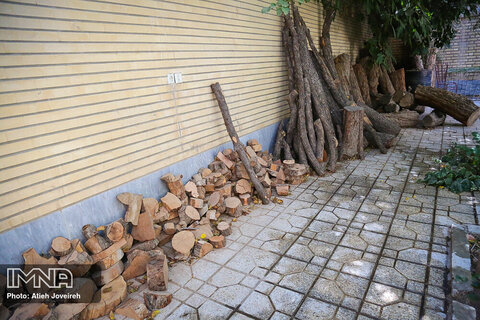
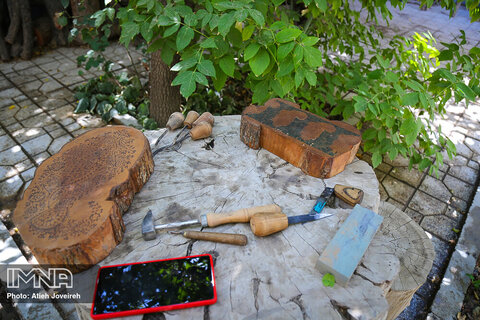

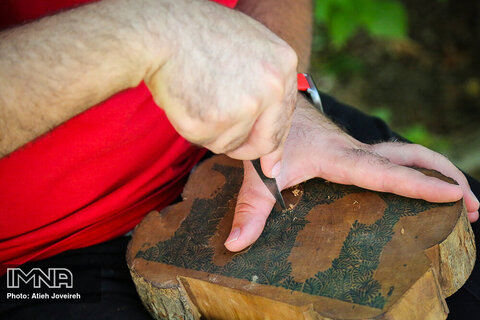
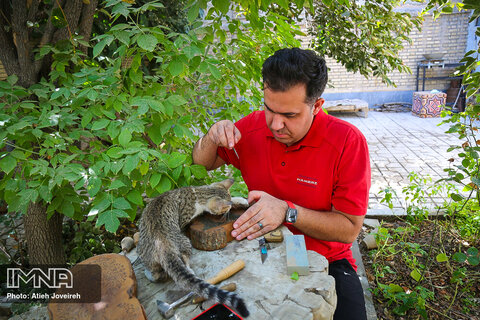
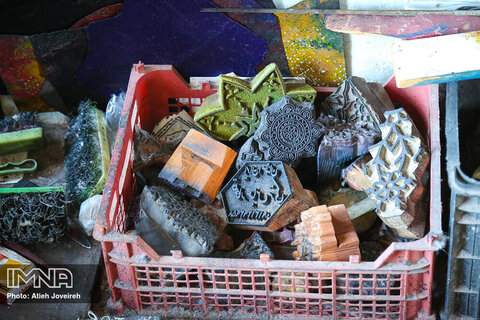
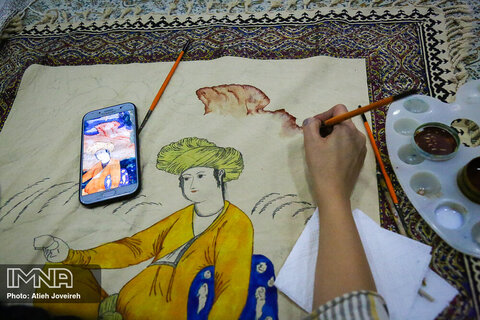

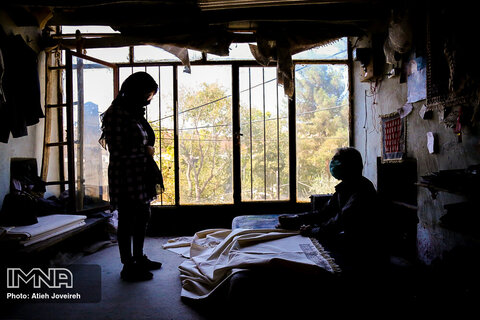
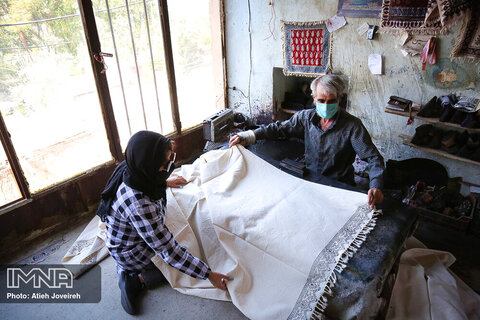
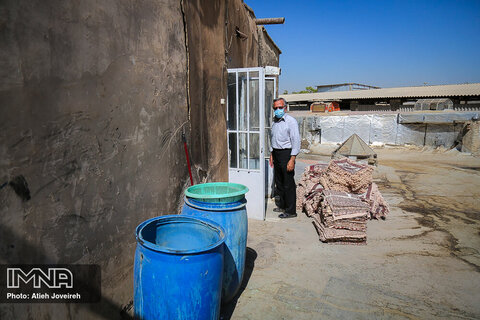
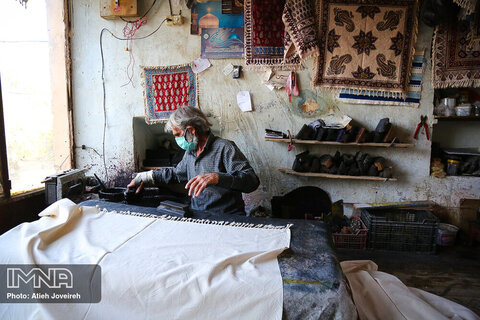

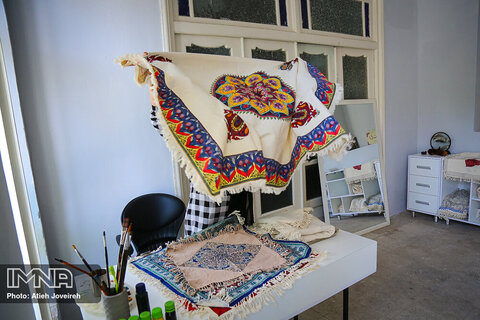

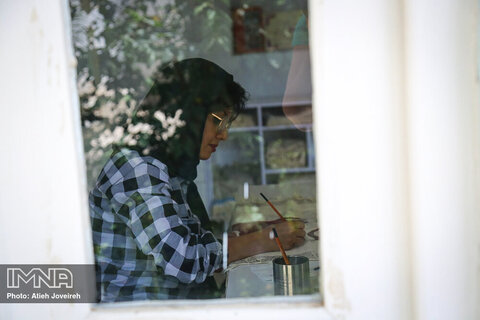
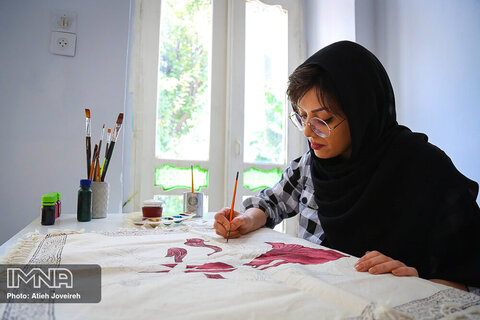
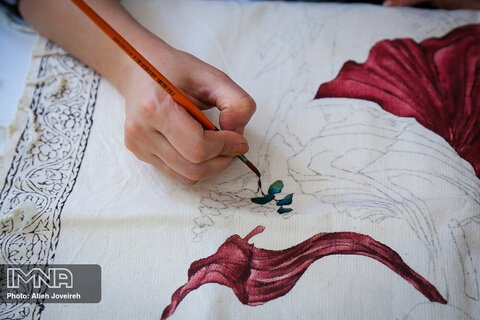
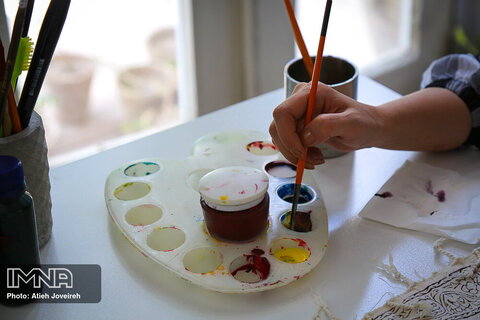

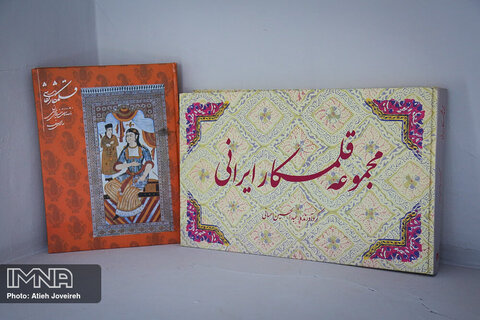
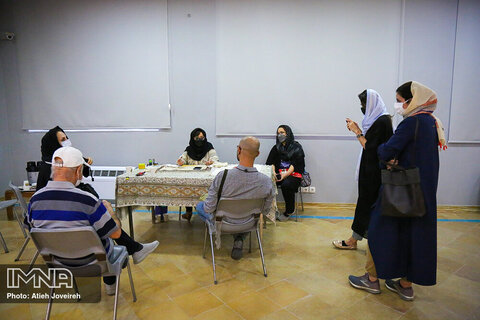
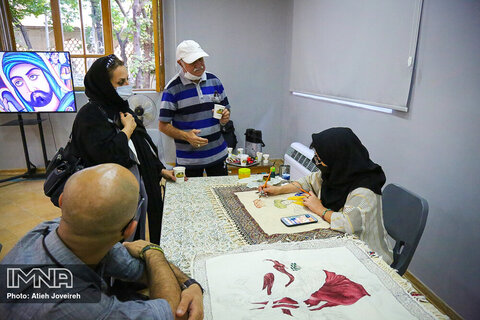
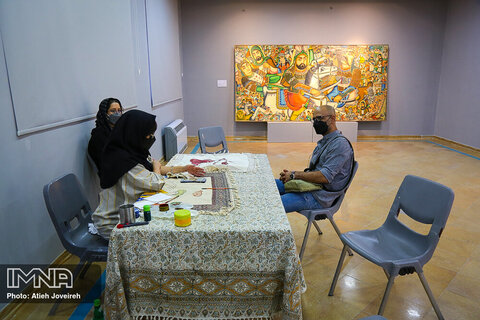
Your Comment